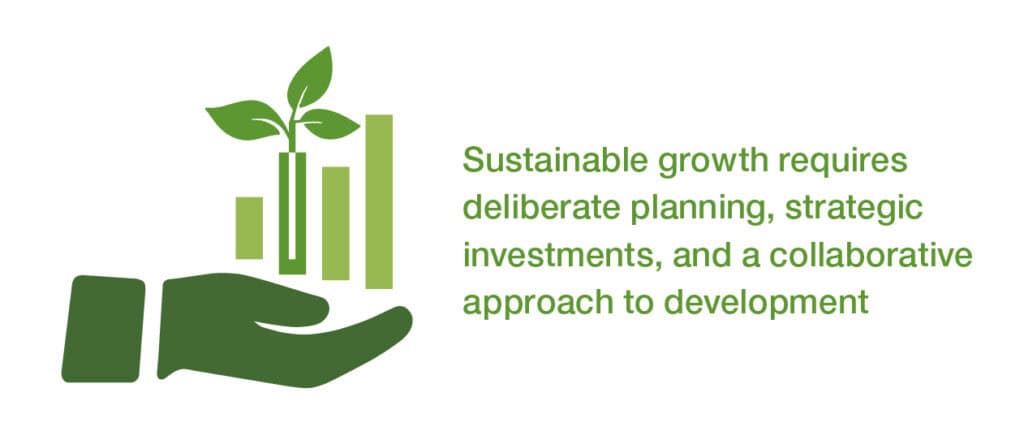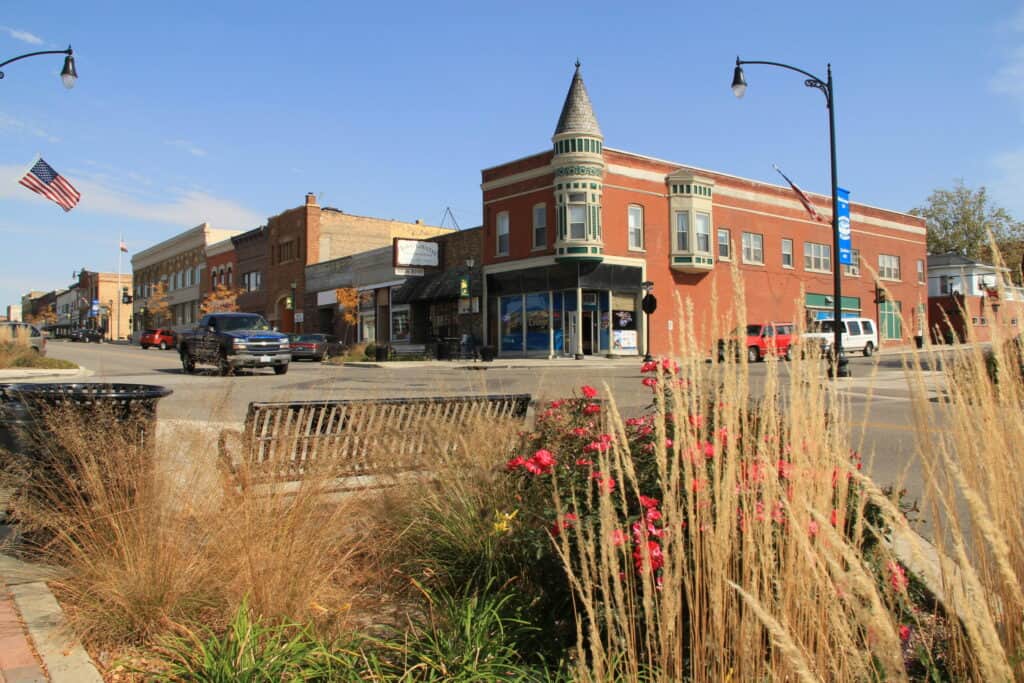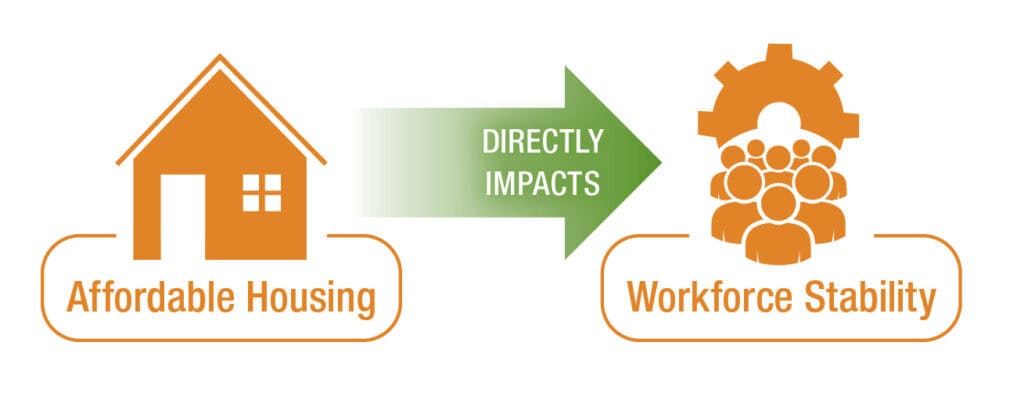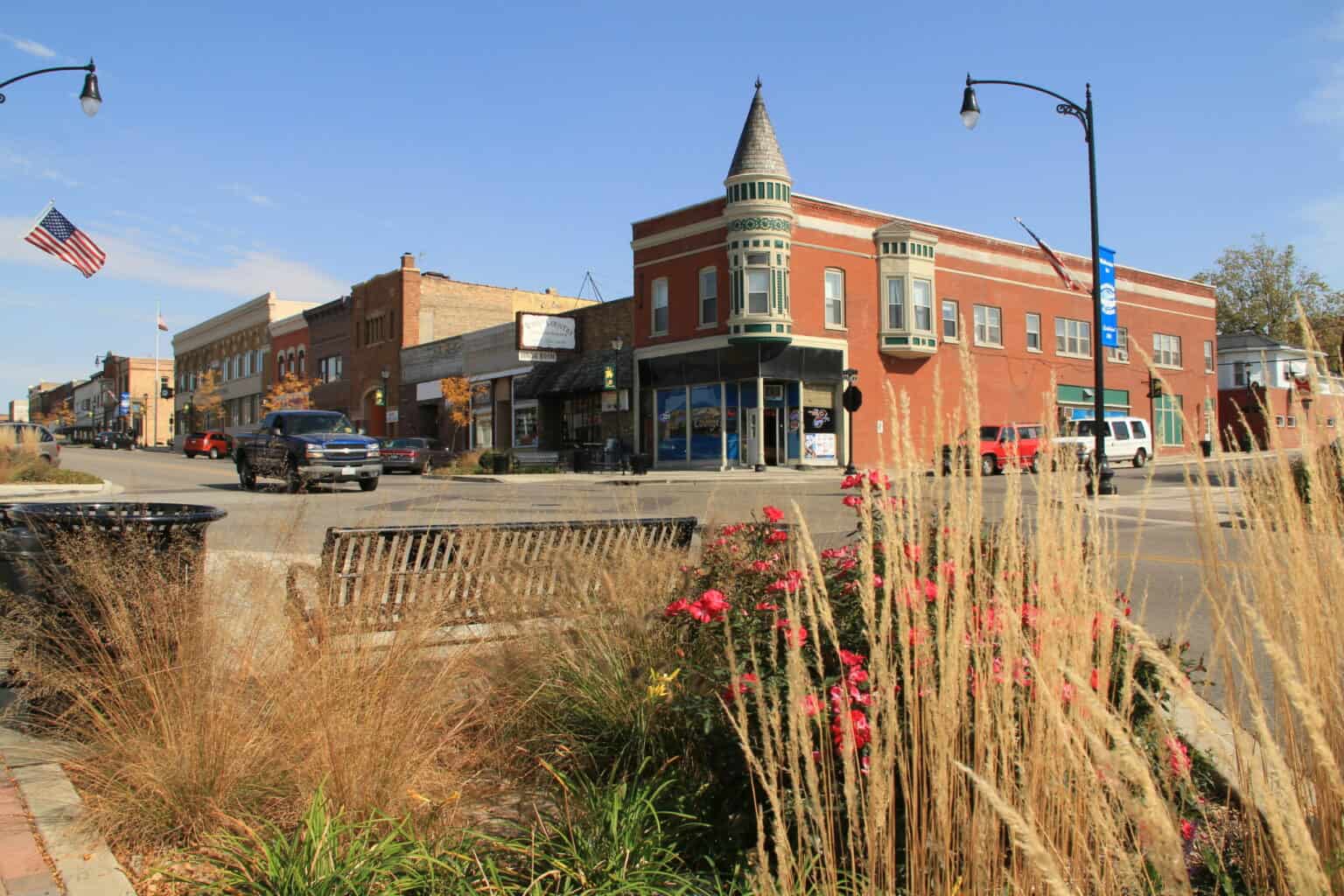Thriving communities don’t happen by chance. For municipalities, sustainable growth requires deliberate planning, strategic investments, and a collaborative approach to development. From infrastructure upgrades to proactive housing policies and economic development strategies, municipalities must anticipate and plan for future growth.

Smart Land-Use Planning: Laying the Foundation for Strong Communities
Effective community development begins with smart land-use planning. Municipalities should focus on zoning and development strategies that balance residential, commercial, civic, and green spaces. With shifts in consumer behaviors toward e-commerce, many municipalities are revising traditional retail land-use assumptions. Incorporating mixed-use spaces that blend residential, retail, and light industrial components can optimize available space and generate higher sales tax revenues from online sales. Clearly communicating these benefits can attract developer interest.
Streamlining Development: How Efficient Permitting Attracts Investment
Communities seeking robust growth must offer efficient, transparent permitting and zoning processes. Developers are more likely to invest in municipalities that provide clear development guidelines, timely reviews, and accessible staff.
Implementing digital permitting tools, such as e-permitting systems, virtual plan reviews, and online record management, can dramatically enhance processing times and improve transparency. These systems support staff during peak workloads and create a more seamless experience for developers and residents alike.
Promoting economic development incentives, including tax abatements, facade improvement grants, and low-interest business loans, can further attract developers and support long-term revitalization.

The Cornerstone of Resilient Community Growth
A community’s infrastructure is foundational to its long-term resilience. Municipalities must plan strategically for essential systems, including water, sewer, and stormwater management, and proactively seek funding opportunities like those provided through the Water Resources Reform and Development Act (WRRDA).
Sustainable infrastructure practices, such as Low Impact Development (LID), efficient irrigation, and stormwater reuse systems, not only meet regulatory requirements but also reduce long-term maintenance costs. Municipalities integrating these sustainable practices into their local development codes showcase their commitment to future resilience, making them more attractive to environmentally conscious developers.
Leveraging Technology and Flexible Staffing for Smarter Municipal Operations
Modern municipalities are increasingly embracing technology to enhance productivity and project delivery. Tools like virtual inspections and digital GIS mapping improve project oversight and reduce bottlenecks in planning and engineering departments.
For municipalities experiencing fluctuating development activity, temporary staffing solutions in areas such as engineering, inspection, and planning provide the flexibility to scale operations without increasing long-term overhead. These adaptive strategies allow communities to maintain service levels while staying budget-conscious.
Affordable Housing Strategies to Strengthen Local Economies
Affordable housing directly impacts workforce stability, making it crucial for community vitality. Municipalities need innovative solutions to address affordability challenges, including exploring alternative housing models like accessory dwelling units, smaller lot sizes, or partnerships with non-profit housing developers.

Proactively integrating affordable housing options helps municipalities attract and retain critical workforce members, such as teachers, healthcare providers, and emergency responders, thereby ensuring the community remains vibrant and sustainable.
Partnering with HR Green for Resilient Municipal Development
Municipalities aiming for resilient, sustainable development benefit significantly from collaboration with experienced community development professionals. HR Green’s extensive experience in municipal infrastructure, land-use planning, permitting processes, and economic development can guide communities toward tangible, long-term growth and stability.
Ready to take actionable steps toward resilient community development? HR Green is here to help your municipality plan and build for a stronger future. Let’s connect to discuss your next project!


